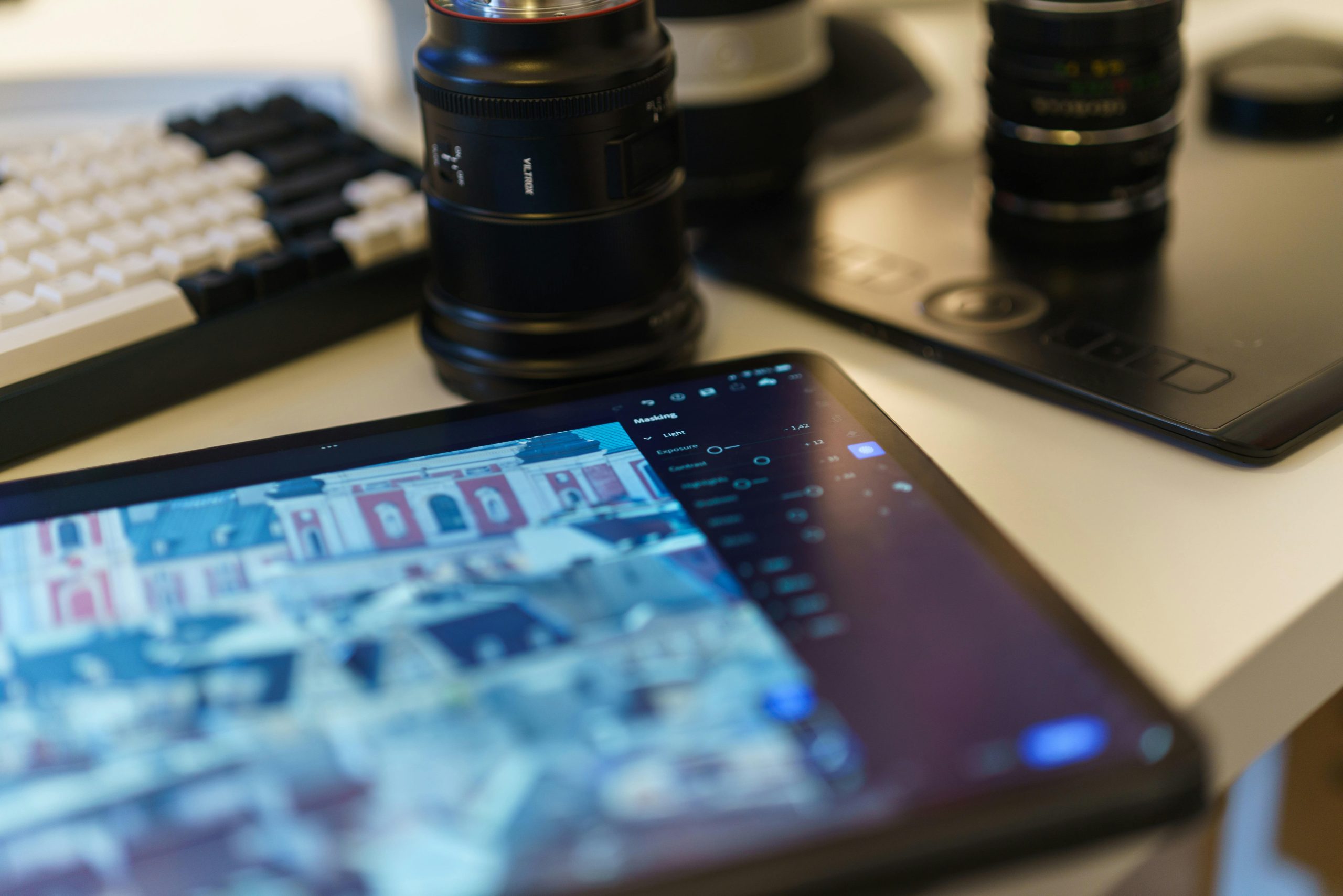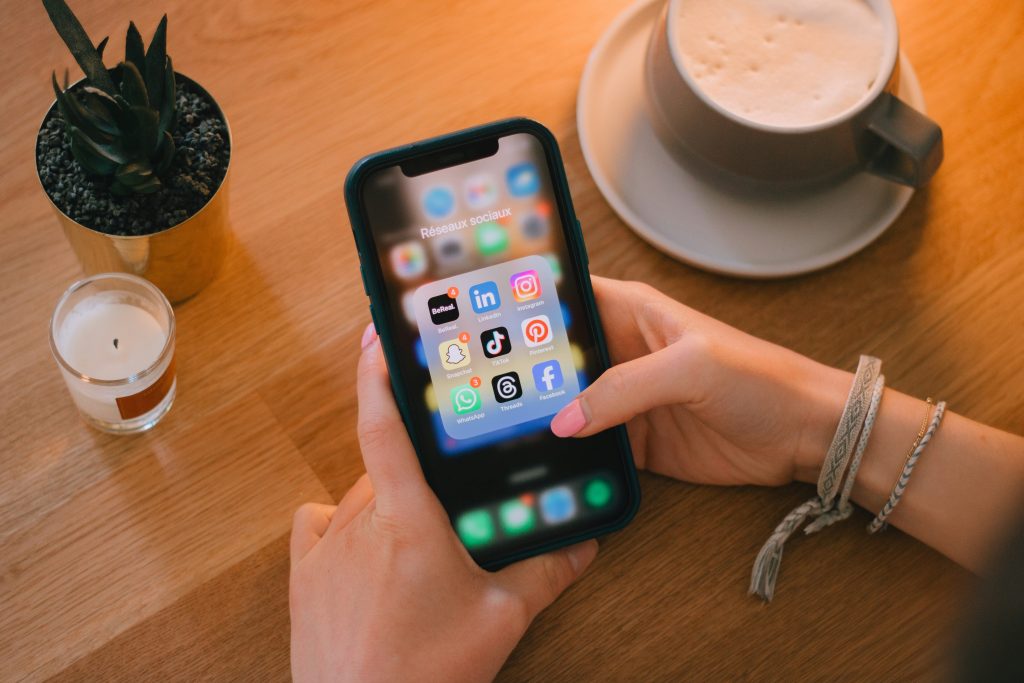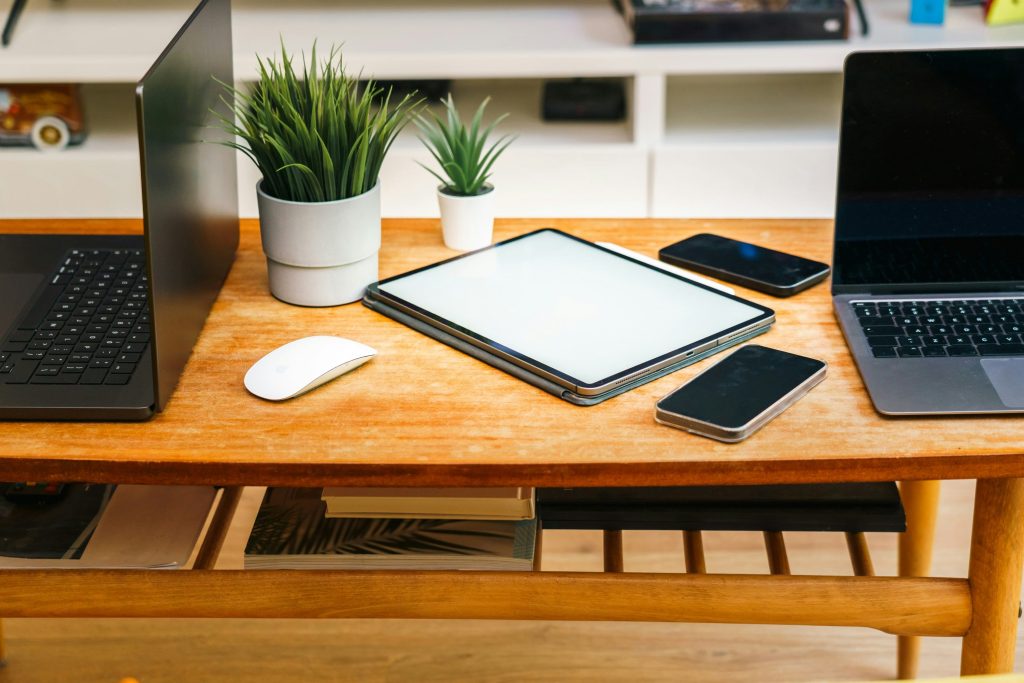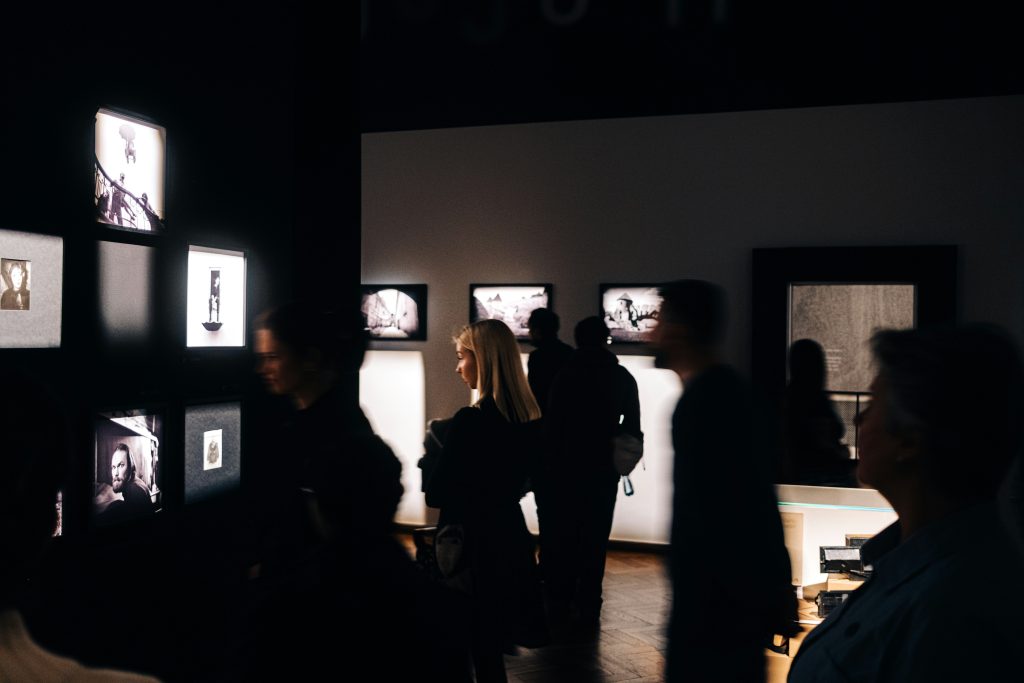
08 Sep Digital Art and Social Media: Shaping Society in the Digital Age
Introduction: The Convergence of Creativity and Connectivity
Digital art and social media have become deeply intertwined forces, reshaping the way people create, share, and interact with culture. Digital art has risen as a dominant form of expression in the 21st century, supported by accessible technologies that expand who can participate in the creative process. Meanwhile, social media has become an essential medium for communication, cultural exchange, and global connectivity. Together, they are redefining how society perceives creativity and how individuals interact with one another. This article explores these systemic changes, focusing on their broad cultural impact rather than individual examples.
Digital Art: Redefining Creation, Access, and Expression
One of the most profound impacts of digital art is the democratization of artistic production. With software, mobile applications, and emerging AI-driven tools, creating art is no longer limited to those with access to traditional resources. As barriers to entry decrease, the diversity of artistic voices has grown, allowing individuals across varied backgrounds to contribute their perspectives.
Digital art has also given rise to new forms and aesthetics. Generative works, virtual reality installations, augmented reality experiences, and digital collages reflect how technology expands creative possibilities. Even traditional art forms are evolving under the influence of digital tools, with screen-based presentation shaping both style and audience expectations.
Questions of authenticity and value are also being redefined. Digital reproduction challenges long-standing notions of originality and scarcity. Emerging technologies such as blockchain provide frameworks for verifying digital ownership, though debates remain on their cultural significance. What is clear is that artistic merit in the digital realm increasingly depends on creativity, innovation, and the ability to resonate within digital spaces.
Social Media: The New Ecosystem for Artistic Dissemination and Engagement
Social media functions as both a gallery and marketplace, reshaping how art is shared and consumed. Artists can now bypass traditional gatekeepers and connect directly with audiences, fostering communities that blend appreciation, discussion, and commerce. This accessibility allows more voices to be heard while broadening the ways art is experienced.
The visibility of digital art is strongly influenced by algorithmic curation. These systems determine what audiences see, amplifying certain works while limiting exposure for others. Virality, driven by shares, likes, and trends, often determines cultural relevance, though the speed of digital attention also means artistic visibility can be fleeting.
Beyond distribution, social media has fostered new digital communities. Artists and audiences gather in global, niche-focused spaces, supporting collaboration, discussion, and mutual inspiration. These communities transcend geography, creating connections that extend beyond the possibilities of traditional physical spaces.
Reshaping Societal Interactions: How Art and Platforms Mediate Connection
Digital art has become a powerful form of communication, offering new ways to express identity, emotions, and commentary. Viral imagery and memes function as cultural shorthand, allowing rapid yet meaningful exchange across diverse groups.
Community interaction has shifted as well. While physical art spaces remain important, online platforms now serve as primary hubs for discourse and connection. This can result in inclusive global communities but also fragmented, insular groups. The nature of critique has also changed, with public comments and immediate feedback replacing private reviews and extended dialogue.
Relationships between artists and audiences have become more dynamic. Social media creates a sense of accessibility and intimacy, while audience participation—through feedback, trends, and collaborative engagement—shapes artistic direction. The line between creator, consumer, and curator is increasingly blurred in this participatory environment.
Reshaping Societal Perceptions: Framing Reality Through Digital Lenses
Digital platforms influence cultural norms and aesthetics by favoring certain visual styles. Algorithms often prioritize highly engaging formats—bright colors, bold designs, or concise compositions—leading to a degree of standardization in how art is created and consumed. This dynamic extends to broader perceptions of lifestyle, success, and beauty, reflecting the strong influence of visual culture in the digital era.
Digital art also shapes collective narratives. It provides a platform for amplifying underrepresented voices and perspectives, offering a means to highlight cultural, social, or political ideas. However, this influence also comes with risks, as visually compelling content can be used to distort information or spread misleading narratives.
Furthermore, perceptions of time and space are being reshaped. The constant flow of new content compresses attention spans, while immersive technologies like VR and AR challenge distinctions between physical and digital environments. This merging of realities highlights the evolving way people perceive their surroundings.
Broader Societal Implications and Critical Considerations
While opportunities are vast, this new cultural landscape raises important challenges. The attention economy places pressure on artists to optimize their work for algorithms, potentially leading to repetitive or homogenized content. This dynamic may influence artistic integrity and limit creative diversity.
The digital divide remains another concern. Access to high-quality tools, reliable internet, and digital literacy is uneven across the globe, creating disparities in participation and representation within the digital art ecosystem.
Mental health also plays a role in this evolving environment. For artists, the demands of constant visibility can create performance pressure. For audiences, continual comparison with curated content can lead to feelings of inadequacy or isolation, even within connected communities.
Finally, the preservation of digital art poses challenges. Content created for fast-moving social platforms is often temporary, raising questions about how future generations will study or appreciate the creative output of today. The tension between the ephemeral and the permanent remains a central issue in digital culture.
Conclusion
Digital art and social media together are reshaping how people create, share, and understand culture. They provide unprecedented opportunities for expression and connectivity, but they also introduce challenges related to authenticity, visibility, inequality, and well-being. These changes are ongoing, reflecting the constantly shifting relationship between technology and creativity.
By engaging critically with algorithms, digital communities, and artistic trends, society can better navigate this evolving landscape. The convergence of art and social media holds immense potential, but it requires reflection, awareness, and responsibility to ensure it enriches human connection and cultural development.
Key Takeaways
- Digital art as a democratizing force: The rise of accessible tools, mobile apps, and AI-driven platforms has lowered barriers to creativity, enabling people from diverse backgrounds to create, share, and shape artistic expression on a global scale. This has expanded the range of perspectives in the cultural landscape.
- Social media as a cultural hub: Platforms function both as digital galleries and marketplaces, allowing artists to bypass traditional gatekeepers and connect directly with audiences. Algorithmic curation and virality strongly influence visibility, but they also create fleeting attention spans that can make long-term recognition more difficult.
- New forms of connection and critique: Digital art and social media are reshaping human interaction, with memes, viral imagery, and digital communities acting as shorthand for cultural expression. Feedback is immediate and public, transforming the way critique, appreciation, and collaboration happen between creators and audiences.
- Shaping cultural norms and collective narratives: Algorithms and platform dynamics encourage certain visual styles—bold, fast, and attention-grabbing—leading to more standardized aesthetics. At the same time, digital art amplifies underrepresented voices and creates space for cultural, social, and political discourse, though it also risks spreading distorted or misleading narratives.
- Challenges in the digital cultural ecosystem: The pressure to adapt to algorithms can compromise artistic integrity, leading to homogenized content. The digital divide limits participation for those without reliable access to technology or internet. Mental health concerns, from constant visibility to audience comparison, are rising issues. Finally, digital art faces preservation challenges, as much of today’s content is designed for fast-moving platforms and may not survive for future generations to study or appreciate.
FAQs
How has digital art changed the way people create and access art?
Digital art has democratized creativity by removing traditional barriers. Accessible tools, apps, and AI-driven platforms allow anyone to produce art regardless of resources or background. This inclusivity has amplified diverse voices while introducing new aesthetics like VR, AR, and generative art that reshape artistic expression.
What role does social media play in promoting digital art?
Social media functions as a global gallery and marketplace, enabling artists to reach audiences directly without intermediaries. Algorithms and virality influence visibility, while online communities foster collaboration and critique. This dynamic creates opportunities for recognition but also challenges with fleeting attention and algorithm-driven limitations on exposure.
What are the main challenges of digital art in today’s society?
While digital art offers accessibility and innovation, it faces issues like the attention economy’s pressure to create algorithm-friendly content, uneven global access to tools, and mental health impacts from constant visibility. Additionally, preserving digital works for future generations remains an unresolved challenge in this evolving cultural landscape.
Find out how mutually beneficial collaborations between artists and local establishments can create lasting impacts on communities, strengthen cultural identity, and open new promotional avenues that go beyond traditional marketing approaches.




